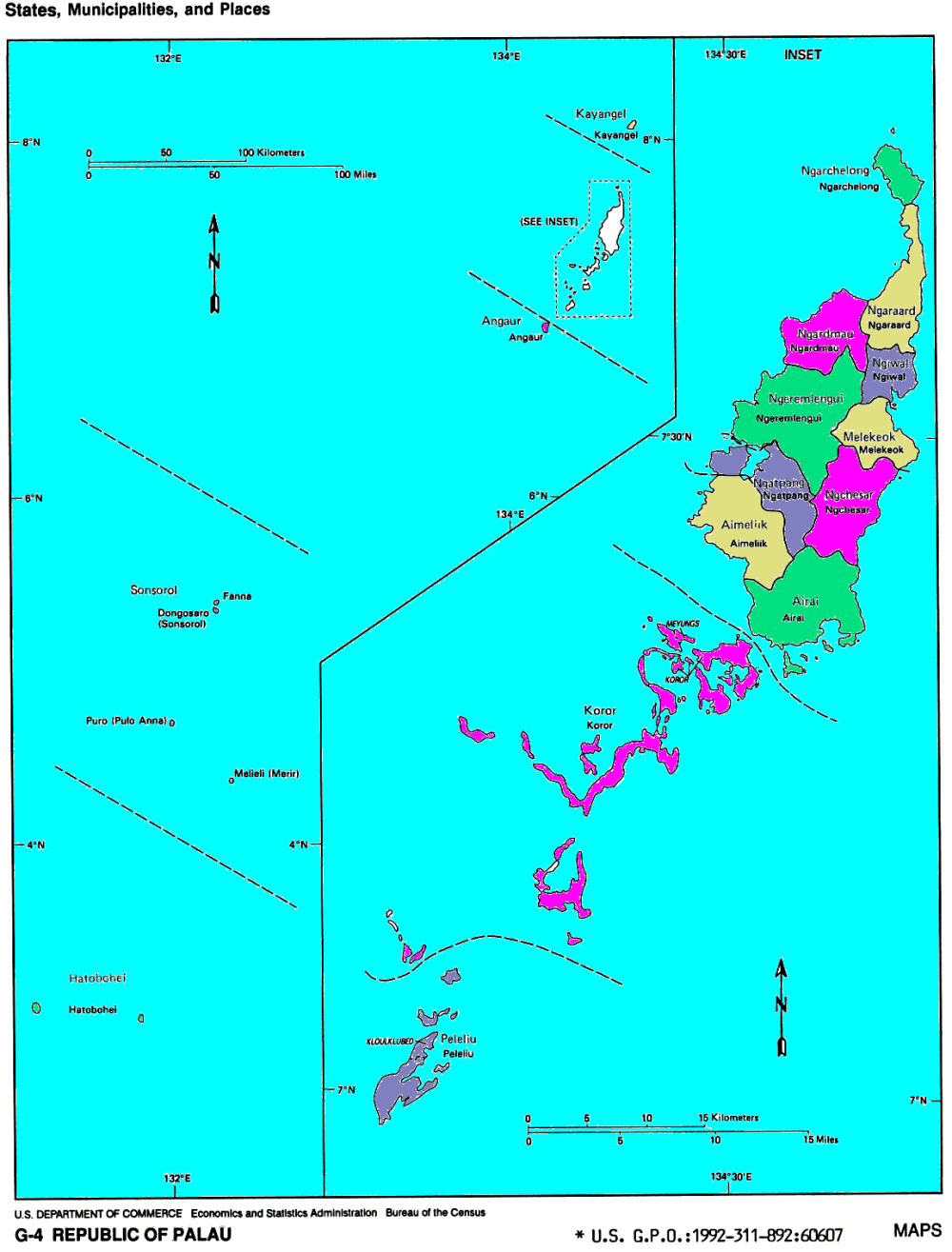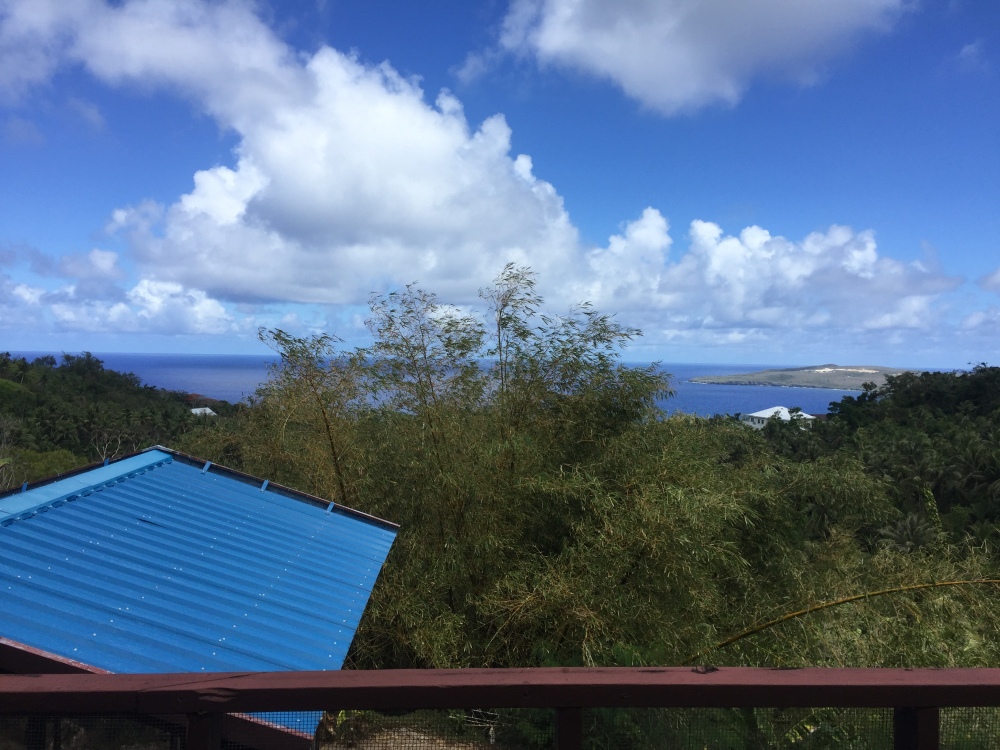Island activities + wrap-up
Now that I’ve been in a new position for about a month (I’m a commercial salmon fisheries observer with the Washington Department of Fish and Wildlife!), it seems appropriate to write up a final reflection on my time in Saipan. I finished my NOAA fellowship project a few months early and moved back to the mainland in March. You can check out one of the final products from my fellowship here – it’s an interactive public web app for exploring some of the factors that may affect coastal permitting decisions in the CNMI. I’m also going to use this post to give a sort of virtual tour of the things that helped keep me busy during my time on the island.
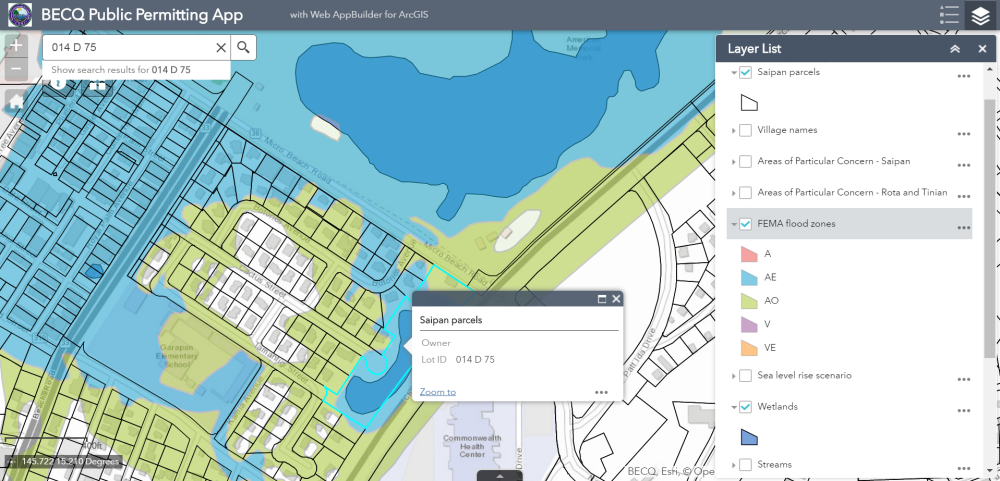
Here’s a screenshot of my permit tool in action!
One of the first activities I got involved in when I got to Saipan was paddling. Though I discontinued my casual participation once the competition season started heating up, I got to spend a couple months learning and practicing the technique behind this ancient sport. Outrigger canoes have a long and rich history among the peoples of Polynesia, Micronesia, and Melanesia, and have been around, in various forms, for several thousand years. They were first used by ancient islanders to travel throughout the Pacific Ocean and allowed for interaction between the communities of different groups of islands. Nowadays, they are central to the sport of outrigger canoe racing, which is very popular in Hawaii and other islands throughout the Pacific (as of 2009, it’s even included as one of Team USA’s canoeing disciplines. As with any sport that places a heavy emphasis on form (ahem, archery), outrigger canoe racing relies on the execution of very specific movements and (ideally) perfect synchronicity of the actions carried out by the team of rowers in the canoe. It’s a lot harder than it looks, and it requires a high degree of mental focus to perform the techniques correctly. I thoroughly enjoyed this opportunity to learn the form and skills involved in a new sport from scratch, as it’s been several years since I first learned about proper form in archery.
For the last few months I was in Saipan, I attended beginner ukulele classes at the local library. Though it was generally just me and about a dozen 8-year-olds in these classes, I had a blast learning how to play everything from Van Morrison to Bruno Mars and Bob Marley. After taking some additional private lessons to help get me up to speed, I “graduated” to the adult class, which was hosted by one of my coworkers and served as a thinly veiled excuse for a group of us to get together, drink beer, and jam through all sorts of songs on the uke every Tuesday night. (No offense to my 8-year-old classmates, but this was a lot more fun.) In December, we got to perform several of our songs at the Christmas in the Marianas event in Garapan – you can see clips of us playing here (coverage of our set starts around the 17 minute mark). When my coworker Mark left island, I bought his ukulele from him and have been practicing on my own ever since.
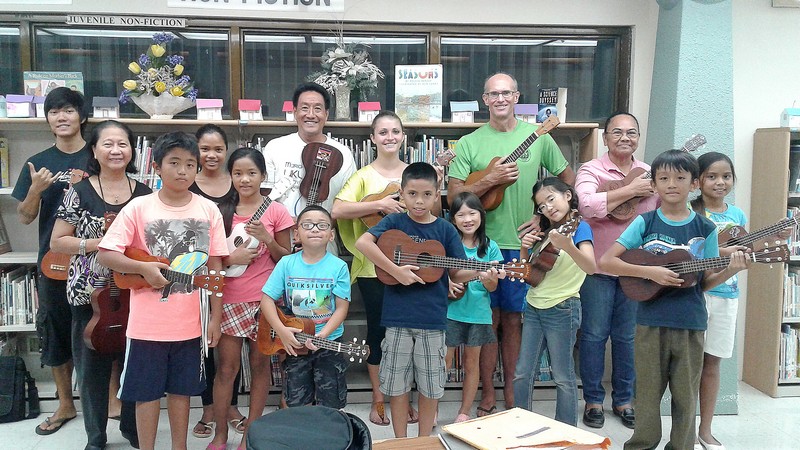
My beginner uke class at Joeten Kiyu Public Library (photo credit: Marianas Variety)
It probably goes without saying, but one of my favorite weekend activities was hanging out at one of the many beautiful beaches around Saipan (and other islands in the Marianas archipelago). Some of these, like the beach at Bird Island, also required hiking down through the jungle along some pretty questionable paths to get there (see photo below). The pure white sands and clear blue waters of the Pacific are remarkable enough on their own, but even more remarkable is the level of privacy you can enjoy at some of these beaches. Coming from Florida, I’m used to fighting off hordes of tourists just to find a spot to lay my towel. In the CNMI, however, I was sometimes the only person within sight for hours at a time. I doubt I’ll ever get to experience this again in the mainland, and I’m thankful that I had the chance to when I lived in Saipan.
As I’ve written in previous blog posts, the Mariana Islands are full of fascinating historical sites that mark different periods in the islands’ long and complex past (see my post about Tinian, for example). Visiting these sites enriched my understanding of the local culture and was definitely a highlight of my time there. The CNMI has experienced several boom-and-bust cycles of development over the years, which in times of plenty can generate considerable revenue for the islands’ economies, but during the bust phases can result in a mass exodus of business that leaves behind physical traces like the sprawling, now-abandoned Fiesta Mall. Though some of these structures are eyesores in an otherwise wild landscape, exploring them was a fun and exciting way to spend time when I wanted a break from the beaches. (Tough life, I know.) I’m hoping that the gaudy, half-built Best Sunshine casino/maybe-eventual-resort in Garapan doesn’t end up becoming one of these bygone reminders of how unrestrained development can go awry.
Taking this position in the Mariana Islands was one of the best, most adventurous decisions I’ve ever made, and even though island life was challenging for me at times, I wouldn’t trade the experience for anything in the world. I stepped way outside of my comfort zone when I moved to Saipan, which allowed me to grow and mature in ways I don’t think I ever could have in the mainland. In hindsight, my time there went by in the blink of an eye, and I already find myself missing the phenomenal views, unique culture, and relaxed pace of life. The CNMI is a strange and special place, and I’ll always treasure the people who made my stay there so enjoyable and fulfilling. Si Yu’us ma’ase, Saipan, yan biba Marianas! 🙂
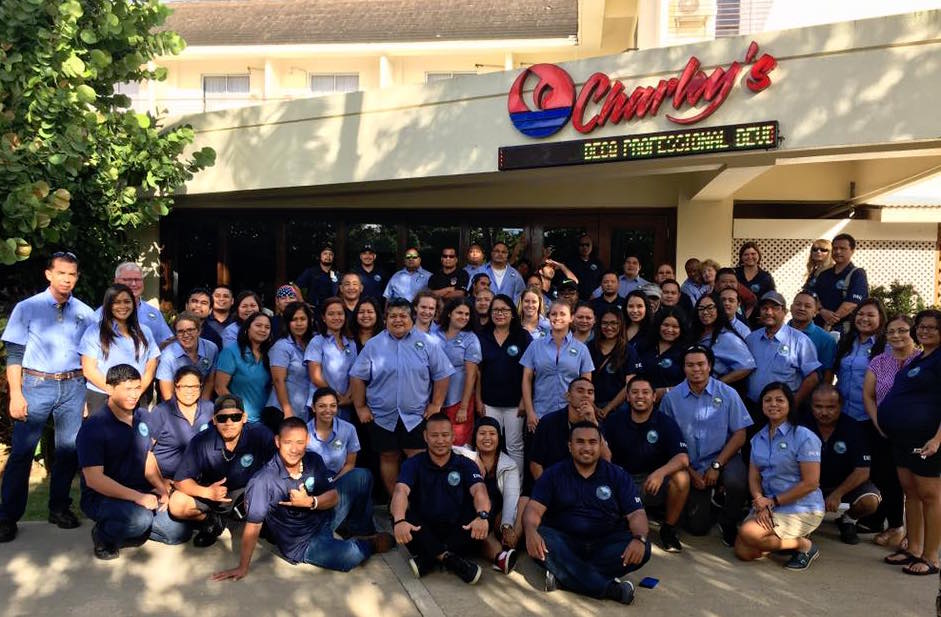
Some of my awesome coworkers at the CNMI Bureau of Environmental and Coastal Quality (photo credit: Fran Castro)

















